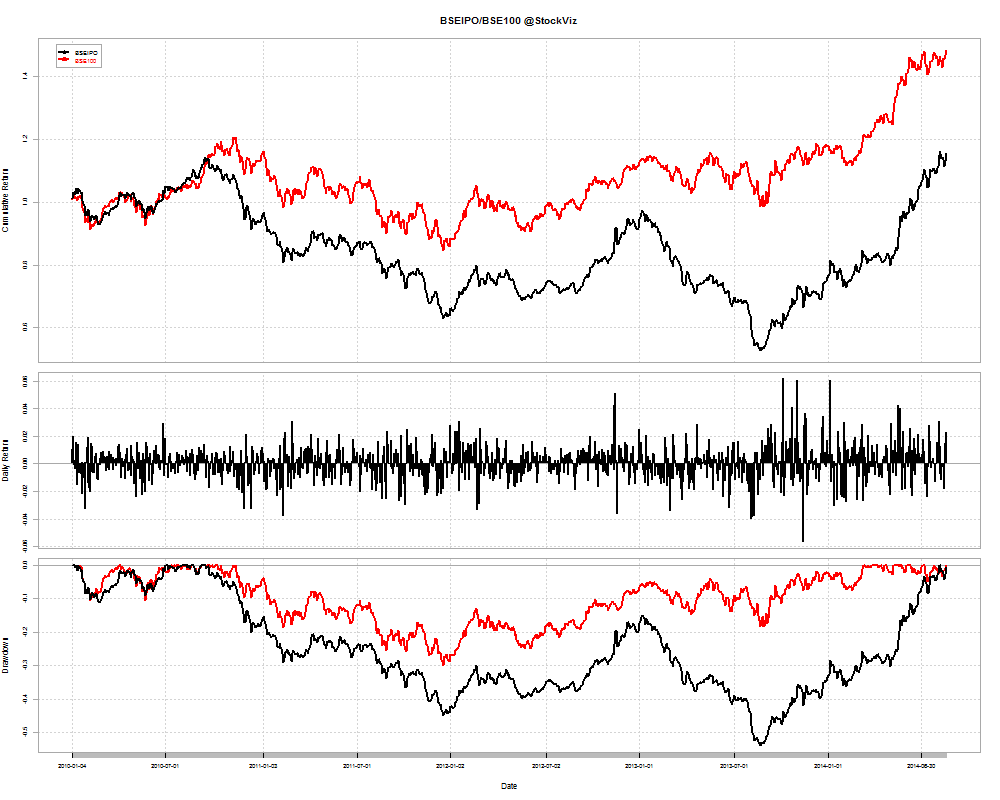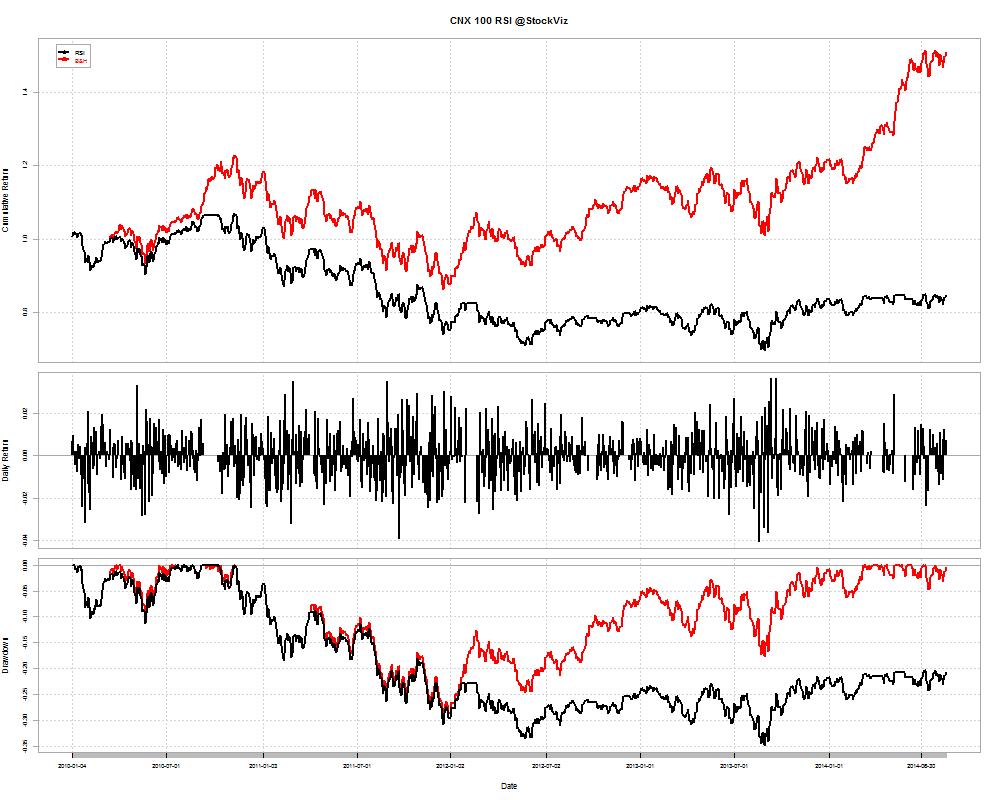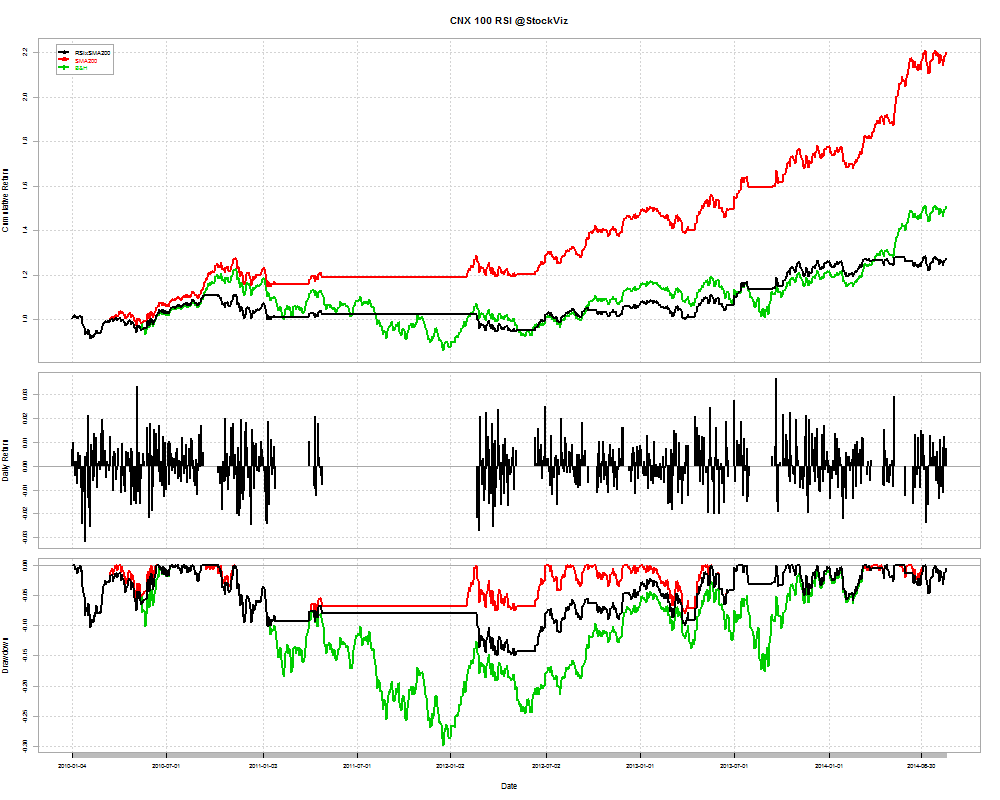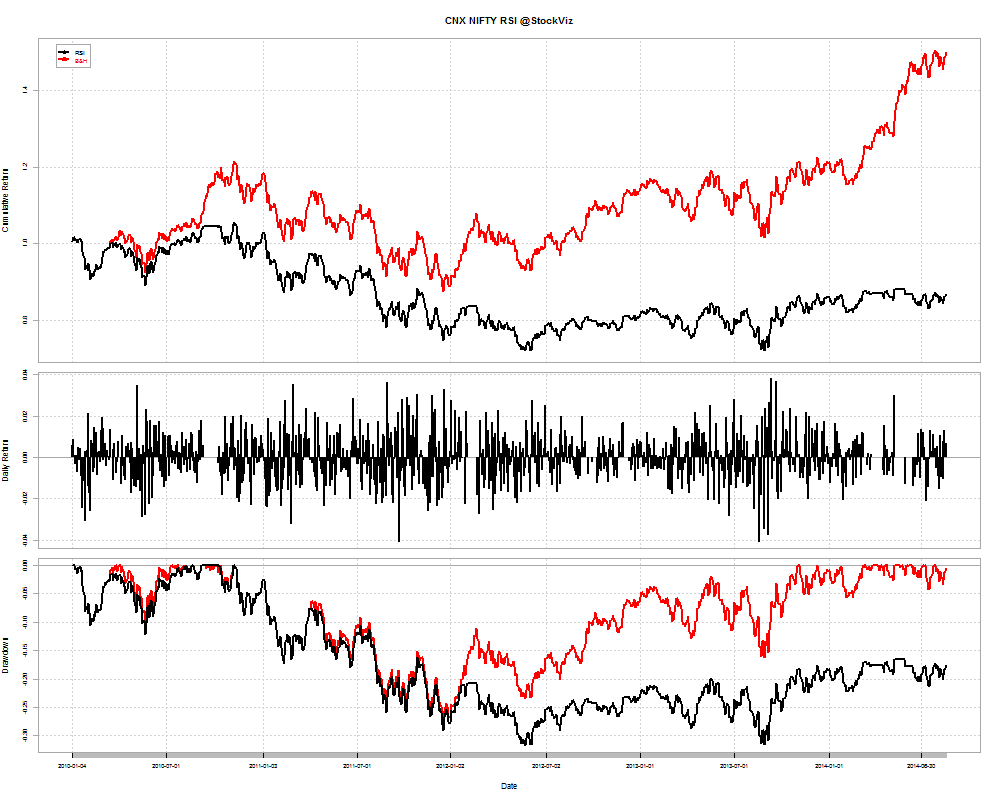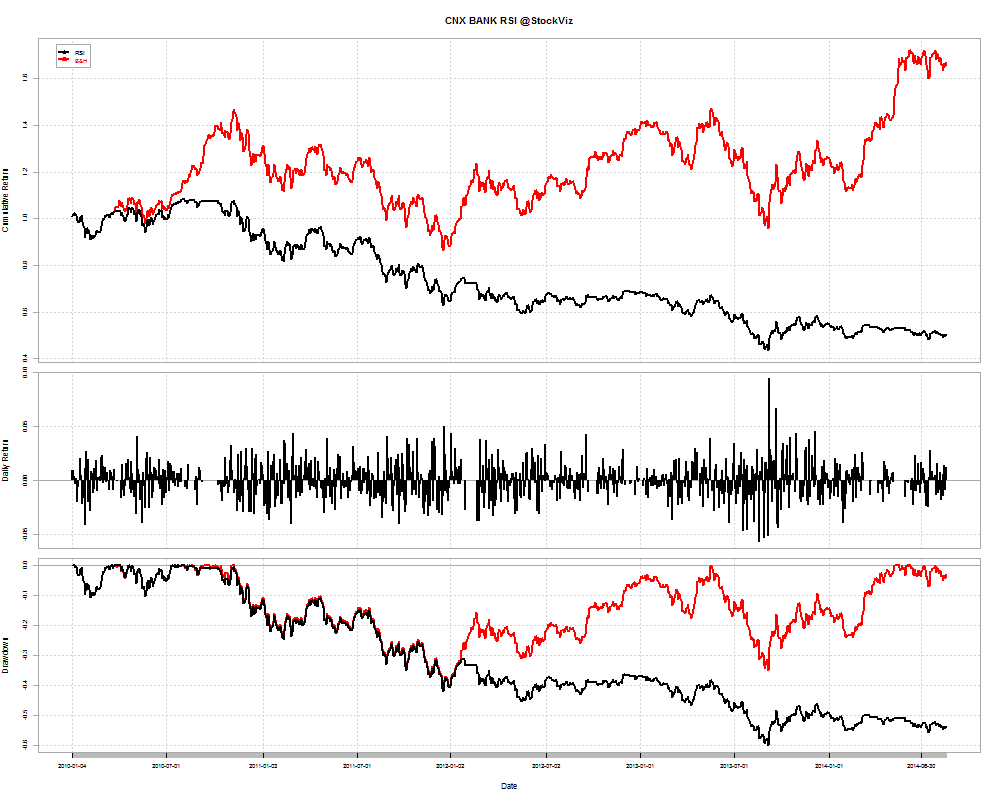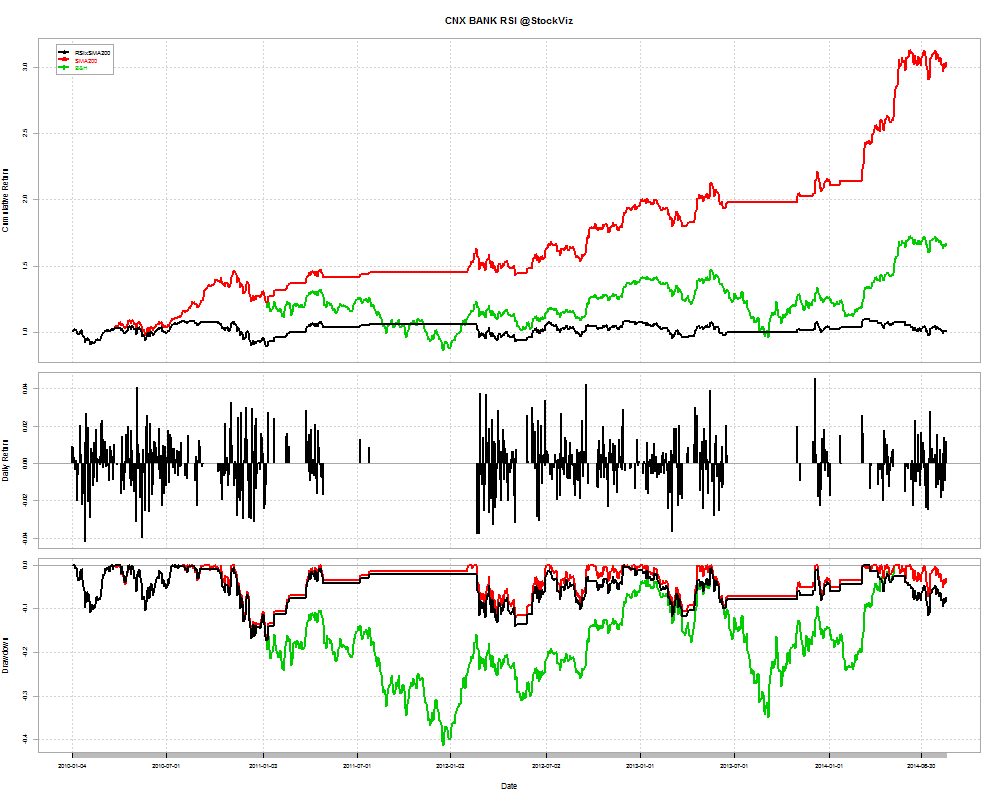Found an interesting paper (scribd embed below) where the authors hypothesize that superstition may be a symptom of a general cognitive disability in making financial decisions.
The authors constructed a “superstition index” and bucketed traders based on their trading activity in the Taiwan Futures Exchange. They found that the superstitious individuals (the top-quintile of the superstition index) under-perform their non-superstitious counterparts (the bottom-quintile of the superstition index) by 1.6 basis points within a trading day. The under-performance widens to 2.4 basis points for one day and 6.3 basis points for five days after the transactions.
Here’s an odd titbit: Did you know that India’s Independence Day falls a day after Pakistan’s because astrologers in India insisted that August 14, 1947, was an inauspicious day to become independent?


